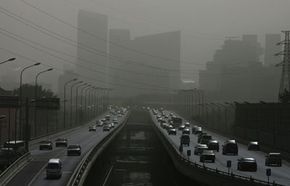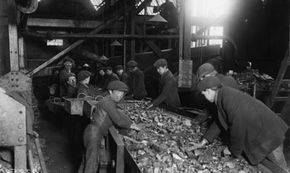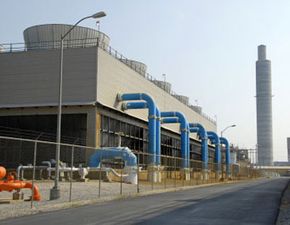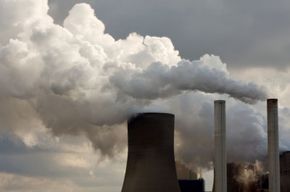These are perilous times we live in. The Intergovernmental Panel on Climate Change recently declared that to avoid disastrous temperature increases, global greenhouse gas emissions must not rise after the year 2015. Yet the International Energy Agency predicts our power usage will increase 50 percent by the year 2030, and if past performance is any indication, it's probably right [source: The Guardian].
Having burned roughly 551 billion tons of carbon since the beginning of the industrial revolution, the world's atmospheric concentration of the gas is now 100 parts per million higher than it was just a little more than 200 years ago [source: The Guardian]. With data like that clogging up the air, it's pretty clear humans may have to make some pretty weighty decisions regarding their energy consumption: Goodbye SUV; hello hybrid.
Advertisement
But what if we could have our cake and eat it too? Or in the case of carbon sequestration and CO2 scrubbing in particular -- our coke. As you may already know from What is Clean Coal Technology? and How Carbon Capture Works, coke is a solidified form of carbon, and the term carbon sequestration refers to a wide range of processes that capture carbon dioxide and send it away for permanent storage or productive use. CO2 scrubbing is a particular form of carbon capture that takes place after fossil fuel has been combusted, but before the exhaust is released into the air.
Aside from its currently hefty price tag, many people see CO2 scrubbing as one of the easiest ways to reduce carbon dioxide emissions since it doesn't require any lifestyle changes. No solar panels to set up or wind farms to connect to; no guilt trips about accidentally leaving the lights on all day. Simply keep on burning that midnight oil and let the scrubbers handle the rest. But just what does "the rest" entail? Keep reading to find out.
Advertisement



